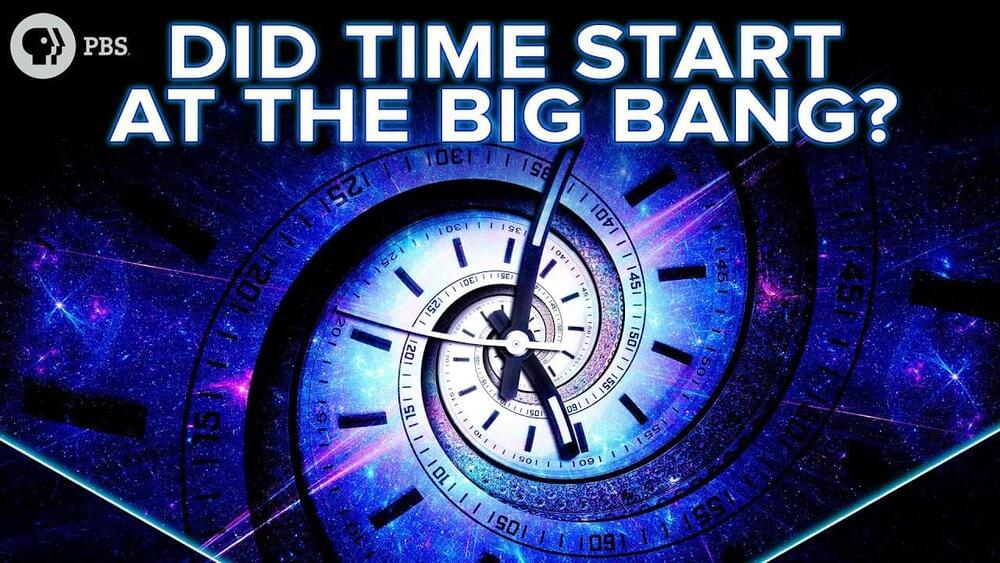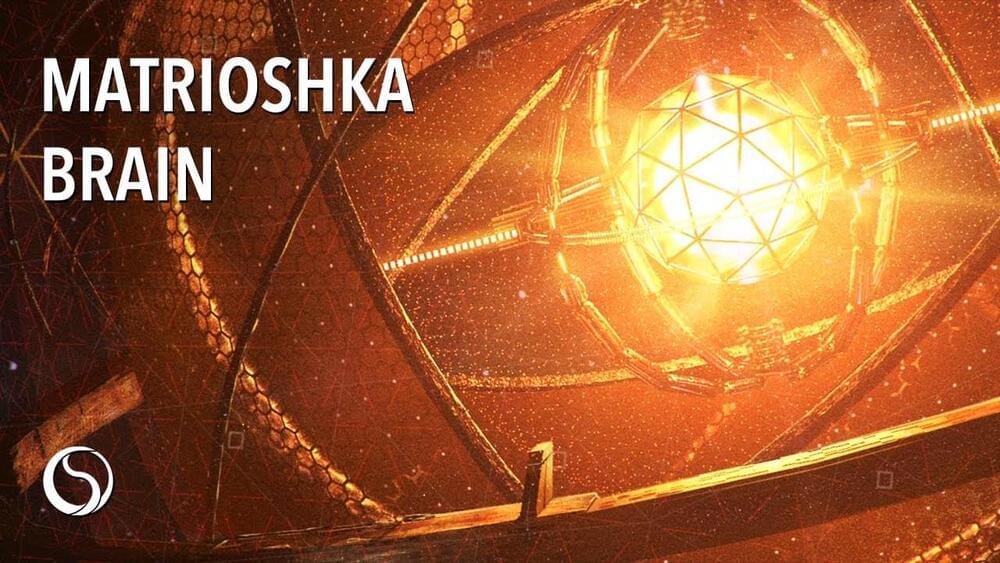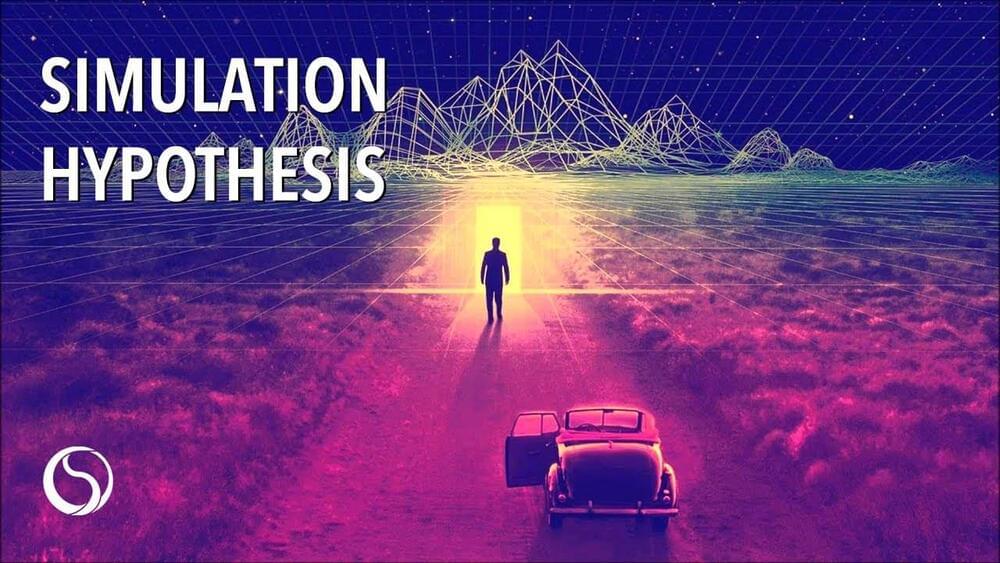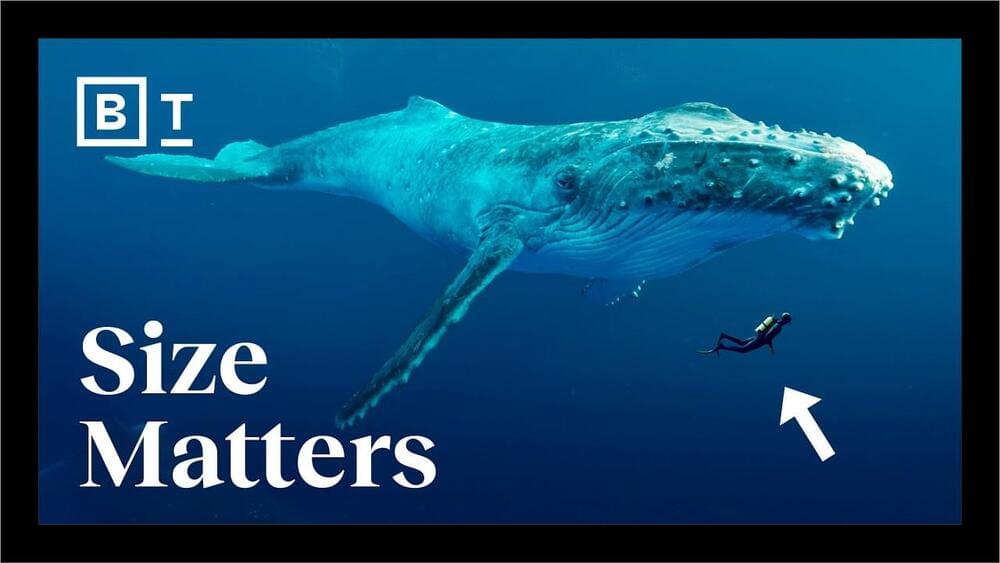Nov 6, 2021
NASA’s new rovers will be a fleet of mobile robots that work together
Posted by Genevieve Klien in category: robotics/AI
Deploying autonomous mini-rovers could help us explore places where conventional ones can’t go.
Deploying autonomous mini-rovers could help us explore places where conventional ones can’t go.
Intel senior vice president Keyvan Esfarjani and Intel CEO Pat Gelsinger at the groundbreaking of two new chip fabrication plants in Chandler, Arizona, on Friday, Sept. 24 2021.
Intel Corporation.
The world’s smallest and most-efficient chips are usually referred to as 5 nanometer, a nomenclature that once referred to the width of transistors on the chip. They power cutting-edge data processing and the latest generation of Apple iPhones. TSMC and Samsung make all of these 5-nanometer chips at fabs in Asia.
Microsoft is entering the race to build a metaverse inside Teams, just days after Facebook rebranded to Meta in a push to build virtual spaces for both consumers and businesses. Microsoft is bringing Mesh, a collaborative platform for virtual experiences, directly into Microsoft Teams next year. It’s part of a big effort to combine the company’s mixed reality and HoloLens work with meetings and video calls that anyone can participate in thanks to animated avatars.
With today’s announcement, Microsoft and Meta seem to be on a collision course to compete heavily in the metaverse, particularly for the future of work.
Microsoft Mesh always felt like the future of Microsoft Teams meetings, and now it’s starting to come to life in the first half of 2022. Microsoft is building on efforts like Together Mode and other experiments for making meetings more interactive, after months of people working from home and adjusting to hybrid work.
The article details the discomfort astronauts may feel due to malfunctioning waste management systems. Luckily their critical systems are not compromised. It’s also very difficult for them to make these repairs up in orbit.
Well, I guess adult diapers are the way of the future. 😂
A NASA astronaut stationed aboard the International Space Station acknowledged this week that a design flaw in the toilet built into SpaceX’s Crew Dragon module will force she and her colleagues to use diapers during their upcoming return journey to Earth.
Continue reading “NASA Astronaut: SpaceX Forcing Her to Pee in Diaper Is ‘Suboptimal’” »
Aside from upturning the economics of the automobile industry, Tesla has also begun innovation efforts in how we receive our day-to-day electrical power services.
Indeed, the day you begin to pay Tesla your electricity bills may soon come if they continue their success. Welcome dear, today we will talk about Tesla’s battery farm installations in Australia and how they changed the lives of many Australian citizens.
Tesla’s ‘battery farm’ in South Australia is officially known as the Hornsdale Power Reserve. Its construction history begins with the local southern Australian government searching for plausible plans for the improvement of their electrical power grid with a battery design in the region.
“We are absolutely losing some science,” Jonathan McDowell, an astronomer at the Harvard-Smithsonian Center for Astrophysics, tells The Register. “How much science we lose depends on how many satellites there end up being. You occasionally lose data. At the moment it’s one in every ten images.”
Telescopes can try waiting for a fleet of satellites to pass before they snap their images, though if astronomers are trying to track moving objects, such as near-Earth asteroids or comets, for example, it can be impossible to avoid the blight.
“As we raise the number of satellites, there starts to be multiple streaks in images you take. That’s no longer irritating, you really are losing science. Ten years from now, there may be so many that we can’t deal with it,” he added.

Thanks to LastPass for sponsoring PBS DS. You can check out LastPass by going to https://lastpass.onelink.me/HzaM/2019Q3JulyPBSspace.
PBS Member Stations rely on viewers like you. To support your local station, go to: http://to.pbs.org/DonateSPACE

Recently, the SETI, or Search for Extraterrestrial Intelligence, released an application called SETI AT HOME, which allows any regular computer to help the SETI researchers find alien intelligence. This idea is brilliant since it saves an enormous amount of money by distributing processing power throughout computers all around the globe instead of buying super expensive supercomputers. So, anyone can go to their website and download this application to help the SETI researchers crunch data to find extraterrestrials. This way, the entire internet can be turned into a giant supercomputer! But what if we needed a processing capacity that far exceeded all the computers on Earth used in conjunction? Well, for such vast computational power, we may have to look beyond our planetary resources, directly to the stars! This is where the idea of the Matrioshka Brain proposed by Robert J. Bradbury comes in!
In his 1960 paper “Search for Artificial Stellar Sources of Infra-Red Radiation”, physicist and mathematician Freeman Dyson proposed the idea of a megastructure. Now commonly known as a Dyson Sphere, it was conceived to spot other advanced civilizations in the universe, particularly, Kardashev Type 2 civilizations that are capable of controlling all of the available energy in their stellar system! Dyson believed that a Type 2 civilization should be able to build this hypothetical megastructure around its star which would completely encircle it and harness all its energy.

Have you ever seen the popular movie called The Matrix? In it, the main character Neo realizes that he and everyone else he had ever known had been living in a computer-simulated reality. But even after taking the red pill and waking up from his virtual world, how can he be so sure that this new reality is the real one? Could it be that this new reality of his is also a simulation? In fact, how can anyone tell the difference between simulated reality and a non-simulated one? The short answer is, we cannot. Today we are looking at the simulation hypothesis which suggests that we all might be living in a simulation designed by an advanced civilization with computing power far superior to ours.
The simulation hypothesis was popularized by Nick Bostrum, a philosopher at the University of Oxford, in 2003. He proposed that members of an advanced civilization with enormous computing power may run simulations of their ancestors. Perhaps to learn about their culture and history. If this is the case he reasoned, then they may have run many simulations making a vast majority of minds simulated rather than original. So, there is a high chance that you and everyone you know might be just a simulation. Do not buy it? There is more!
Continue reading “The Simulation Hypothesis | Is Anything ‘Real’” »

It’s one of the most fascinating aspects of the natural world: shapes repeat over and over. The branches of a tree extending into the sky look much the same as blood vessels extending through a human lung, if upside-down. The largest mammal, the whale, is a scaled-up version of the smallest, the shrew. Recent research even suggests the structure of the human brain resembles that of the entire universe. It’s everywhere you look, really. Nature reuses its most successful shapes.
Theoretical physicist Geoffrey West of the Santa Fe Institute in New Mexico is concerned with fundamental questions in physics, and there are few more fundamental than this one: why does nature continually reuse the same non-linear shapes and structures from the smallest scale to the very largest? In a new Big Think video (see above), West explains that the scaling laws at work are nothing less than “the generic universal mathematical and physical properties of the multiple networks that make an organism viable and allow it to develop and grow.”
Continue reading “Could a pill that lowers our body temperature make us live longer?” »
